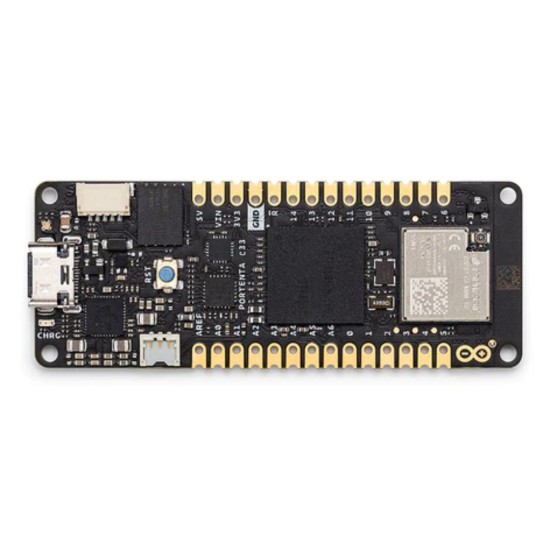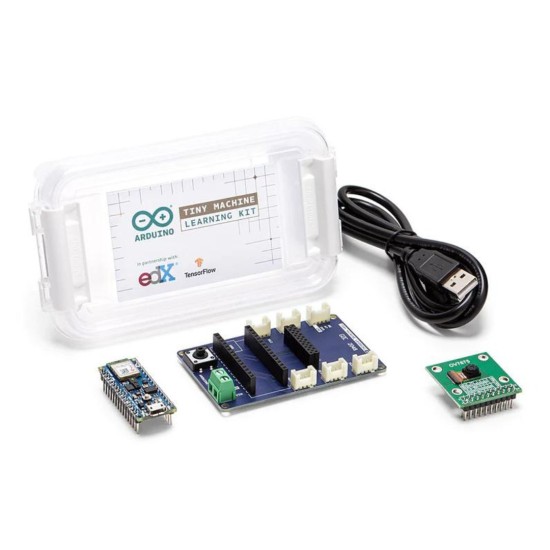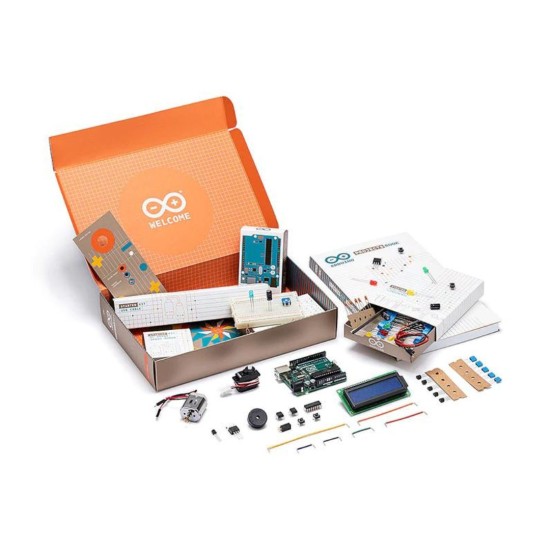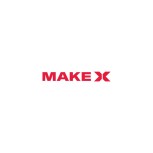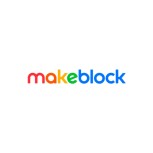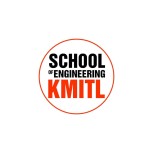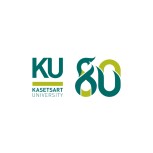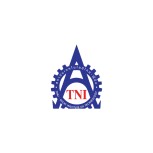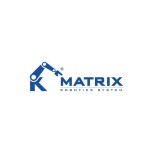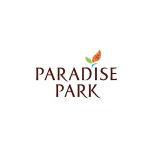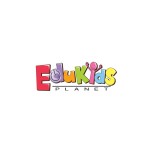Overview
Creative Technologies in the Classroom 101, or CTC 101, is a 5 modules STEAM program, tailored for students ages 13 to 17. It is the flagship Arduino Educational Program for schools.
CTC 101 uses “project-based” learning methodology. Students are introduced to the foundations of programming, electronics, and mechanics through a series of playful, well-documented projects and easy-to-assemble experiments.
CTC 101 has been certified by the Finish Kokoa Education Standard™ that guarantees high educational value and robust pedagogical design on global learning.
If you are interested in the CTC 101 program and want to know more about it, please scroll down and sign up for one of our webinars in English, Spanish or Italian.
What Does It Include?
- TOOLBOX: Boards, shields and components for a class of up to 30 students, and for the educators to get trained. More than 700 components for a class.
- ONLINE PLATFORM: Access to the Arduino Education Learning Management System with step-by-step instructions and lessons for 26 experiments based on themed modules.
- SUPPORT: Self-administered training, onboarding webinar, and forum monitored by Arduino Education experts.
Know More
Additional information on our programs is available on the Arduino Education page
You can also download the full brochure here.
Need Help?
Please visit Customer Support
CTC 101 Toolbox

More than 700 components and parts:
- Six Arduino 101 boards: One of the most powerful Arduino boards for Education, it includes wireless communication (Bluetooth) and an integrated IMU (Inertial Measurement Unit). They are programmable, able to read inputs (e.g., light on a sensor) and capable to control outputs (e.g., activating a motor).
- Six Arduino Education shields: Add-on boards that connect to the Arduino 101 and Uno boards to extend their functionality. The Education Shield is a custom-made shield designed by Arduino Education specially tailored for educational purposes to enable quick and easy learning while building projects.
- More than 10 mini breadboards: Used to make circuits easier to build. They can be either attached on top of the Education Shield or used separately to connect other components.
- Set of electronic components: Used to create interactive electronic circuits, includes resistors, potentiometers, LEDs, push buttons, capacitors, and diodes.
- Set of MODULINO™ plug and play modules: Sensors and actuators with all the necessary components onboard so they can be connected to the Education shield board directly. Modules include a joystick, light and tilt sensors, and an infrared array.
- Set of sensors and actuators: Sensors include light, knock, touch / capacitive, and infrared. Actuators include, standard and continuous servo motors.
- Set of batteries: Includes both 9V and 1.5V batteries, and 4-slot and 8-slot battery holders.
- Media and storage: Includes webcam, SD card and a speaker. The Education Shield features an SD card reader and an audio connector.
- Set of cables: Includes all the cables needed such as USB cables, jumper wires, module cables, battery snaps, alligator cables and single core wires.
- MDF parts: Laser-cut MDF parts can be used for 10 different projects.
- Storage and sorting boxes: Electronic components can be sorted inside boxes based on their functions and sizes. After MDF parts are removed from their frames, they can be stored in the resealable storage bags to keep them organized for later use. The sorting box with dividers can be used to organize small components.
Online Platform
Each CTC 101 purchase includes user access to the online platform. Up to three educators are granted access, and can subsequently manage student access with a 30-slot limit per toolbox. See demo here.
The online platform runs on a custom-made Learning Management System (LMS), which helps students get started with programming, electronics and building fully-functional, interactive projects under the guidance of educators. Currently available in English, Spanish, Italian and Catalan.
Educators are granted access prior to students, so they can prepare and adapt their lesson plans with more engaging and creative techniques. This allows them to integrate the latest technologies into their curriculum.
The content and class dynamics are specially designed to enhance students’ problem-solving and teamwork skills in a collaborative environment.
Student Activities
- Module 1: Programming and basic coding.
- Module 2: Introduces Arduino boards and digital signals.
- Module 3: Introduces analog signals and serial communication.
- Module 4: Introduces robotics, power systems, and motors.
- Module 5: Introduces wireless communication via Bluetooth and advanced sensors.
- Reference section: Extra material and exercises for troubleshooting and further learning.
- Educators section: Self-administered online training, materials for class preparation, teacher guides, and resources.
By the end of the course, students will have the option to create their own projects and share them with the Arduino Education community.
*Note that the CTC 101 program duration is flexible and based on the number of lessons the students take each week (two to three lessons per week are recommended). The core content (student learning activities) can take up to 10 weeks to complete while the entire program (with the addition of student projects) can require up to 20 weeks.
CTC 101 Support
The Arduino Education team is dedicated to providing support to help educators solve potential challenges while teaching CTC content. We also advise educators on how to guide students through the development of new projects derived from the knowledge acquired in the program.
CTC 101 support includes:
- Dedicated online communication from the Arduino Education team from the start: toolbox purchase advice, online platform access, student enrollment, and further questions regarding CTC 101 deployment in the classroom.
- Five self-administered live webinars with three available booking options per day for educators to ask questions about teacher training, student projects or/and upcoming challenges during the implementation phase.
- Access to a moderated forum where educators share knowledge and experiences with other educators from the CTC 101 program around the world.
- Training completion certificate for educators.
Conformities
The following Declarations of Conformities have been granted for this board:











